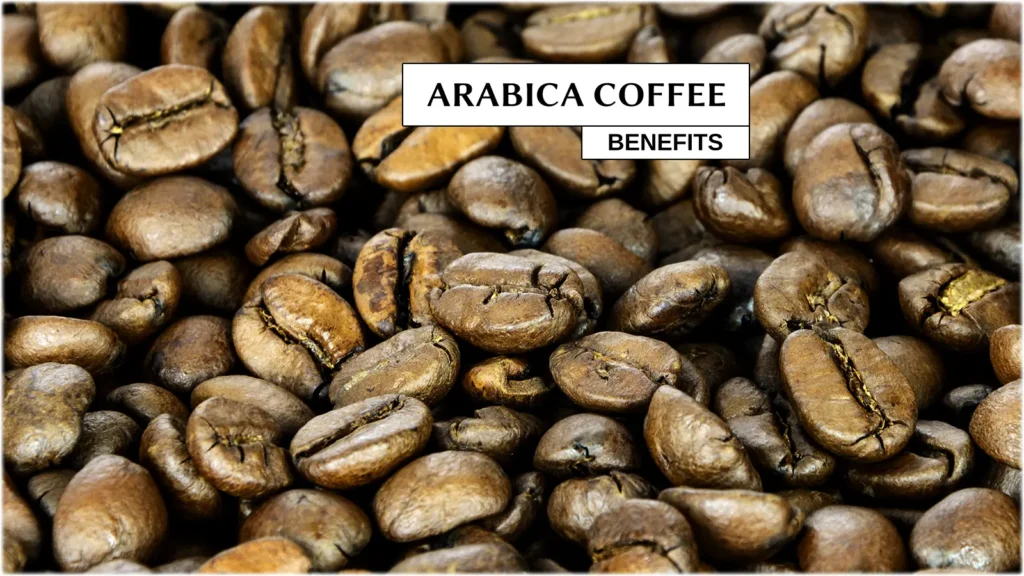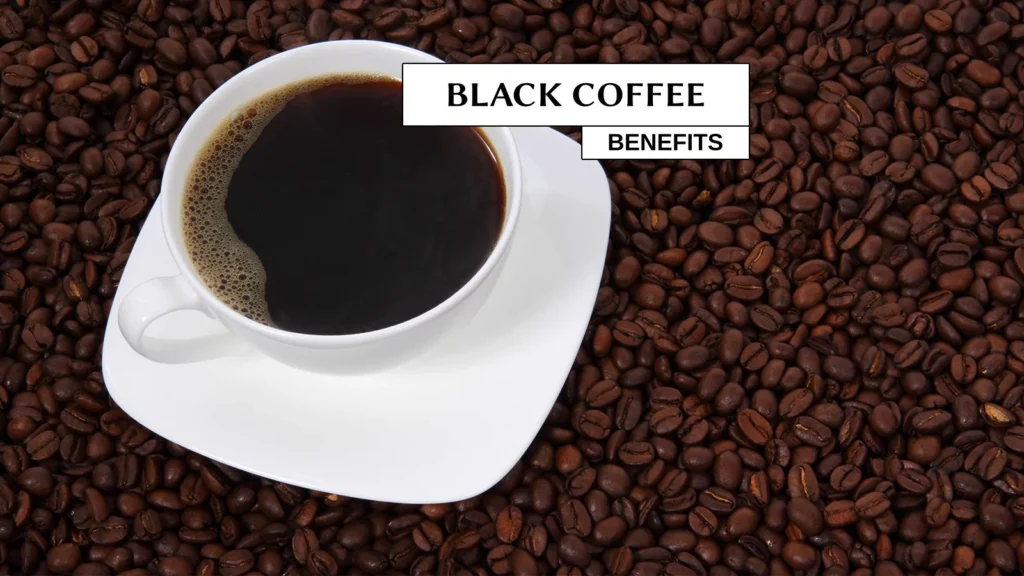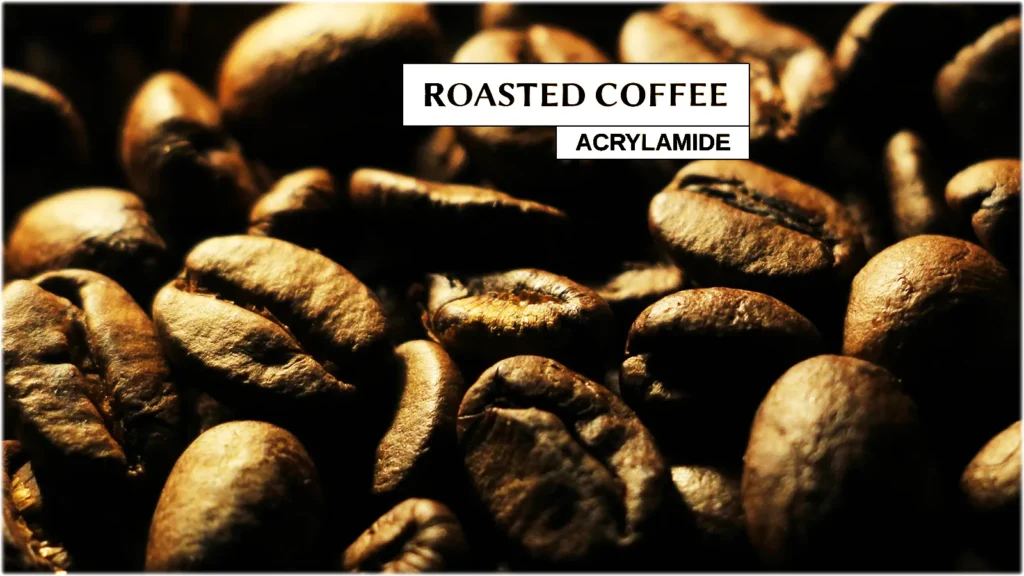Arabica coffee (Coffea arabica) is known for its smooth flavor and rich aroma. We’ve compiled the scientifically verified nutritional profile of Arabica coffee beans, based on peer-reviewed studies and data analyses.
Its nutritional content varies by region (e.g., Ethiopian varieties like Yirgachefe or Sidama), processing, and roasting degree (light, medium, dark).
Note: Values are for unbrewed beans (per 100g); brewing extracts only a fraction of these nutrients.
Macronutrients
Arabica beans are rich in carbohydrates, with moderate protein and fat content. Roasting alters these slightly, as shown in the table below (values per 100g of beans).
| Component | Green Beans | Roasted Beans | Notes |
|---|---|---|---|
| Protein | 13–15 g | 11–13 g | Highest in Ethiopian Hararge and Nekemte varieties (15 g); decreases with roasting. |
| Fat/Lipids | 7–17 g | 10–14 g | Includes triacylglycerols (75%); highest in Jimma (11.34 g). |
| Carbohydrates | 45–67 g | 45–48 g | Highest in Yirgachefe (67 g); decreases slightly with roasting. |
| Fiber | 17–30 g | 24–28 g | Highest in Sidama (30 g); increases with roasting. |
| Moisture | 4–7% | 3–5% | Decreases with roasting (lower in dark roasts). |
| Ash | 0.7–4 g | 3.9–4.1 g | Represents minerals; slightly higher in dark roasts. |
Fatty Acid Profile
Arabica’s lipids are rich in healthy unsaturated fats, which become more concentrated after roasting. Key fatty acids (per kg of fat in beans):
- Linoleic Acid: 30–61 g (highest in dark roasts)
- Palmitic Acid: 24–48 g
- Oleic Acid: 5–11 g
- Stearic Acid: 5–9 g
- Others: Arachidic (2–3 g), α-Linolenic (1–2 g)
Bioactive Compounds and Antioxidants
Arabica beans are packed with bioactive compounds, contributing to their health benefits. Roasting reduces some of these but forms new compounds via Maillard reactions. Key components (per 100g):
- Caffeine: 0.85–1.73 g (green); 1.08–1.17 g (roasted). Lower than Robusta.
- Chlorogenic Acids (CGA): 2.8–5.42 g (green); up to 81% loss with roasting.
- Trigonelline: 0.8–1.08 g (green); 1.2–1.4 g peak, reduces 29–54% with roasting.
- Total Phenolics: 34–47 mg GAE (gallic acid equivalents); 23–30% loss with roasting.
- Total Flavonoids: 32–50 mg QE (quercetin equivalents).
- Diterpenes (e.g., Cafestol, Kahweol): Present in lipids; linked to anticarcinogenic effects.
- Antioxidant Activity (DPPH): 79–89 mg Trolox eq/g; decreases in darker roasts.
- Volatile Compounds: 79 identified, including hydrocarbons (38–43%), alcohols (16–27%), esters (15–20%). Varies by roast.
Micronutrients
Arabica contains trace minerals and vitamins, contributing to its nutritional value:
- Minerals: Potassium, calcium, magnesium, phosphorus, iron, manganese, boron, copper (quantified in by-products but present in beans).
- Vitamins: Tocopherols (Vitamin E) in oils; trace B vitamins (not fully quantified).
Additional Notes
- Roasting Effects: Reduces antioxidants like chlorogenic acids but forms new compounds (e.g., via Maillard reactions). Darker roasts have a higher browning index.
- Compared to Robusta: Arabica has lower caffeine (about half) but higher antioxidants and sugars, enhancing flavor.
- Acrylamide: A potential carcinogen (0.31–0.41 mg/100g) forms during roasting.
- Brewing Impact: Only a fraction of nutrients (e.g., caffeine, some antioxidants) transfer to brewed coffee.
- Health Note: Excessive intake may affect mineral absorption, but moderate consumption contributes to antioxidant intake.
Sources
https://www.frontiersin.org/journals/nutrition/articles/10.3389/fnut.2024.1390515/full
https://pmc.ncbi.nlm.nih.gov/articles/PMC8958316/
https://www.researchgate.net/figure/Chemical-composition-of-the-coffee-beans-of-the-arabica-and-robusta-species_tbl1_344942633
http://www.als-journal.com/813-20/
https://pmc.ncbi.nlm.nih.gov/articles/PMC9027595/
https://www.sciencedirect.com/science/article/pii/S2405844020326554
https://www.mdpi.com/1420-3049/28/12/4685
https://www.maxapress.com/data/article/bpr/preview/pdf/bpr-0024-0040.pdf
https://www.researchgate.net/figure/Nutritional-composition-in-the-commercial-coffee-with-Coffea-arabica-varieties-in-the_tbl1_371637139
Related Content
Benefits of Arabica Coffee: https://nutrama.org/arabica-coffee-benefits


